|
Terlingua is truly a most interesting
ghost town but is somewhat remote. Its name refers to the Spanish
tres lenguas or three languages. The assumption is after Spanish
then Americans settled in the area, it first being an Indian
village, the three languages were Indian, Spanish and American.
Unknown to anybody in the area, a Howard E. Perry of Portland,
Maine owned much of the land. When cinnabar was discovered, two
locals found out who owned the land and wrote to Perry asking
if he would sell the property. Perry became curious and through
a local source discovered the reason for the inquiry. He immediately
hired a manager and started mining operations and development
of the town. He owned everything in sight. He literally owned
the town and everything in it. Profits were modest at first.
World War I created a demand for mercury and the town flourished.
The end of the war was the beginning of the end for Terlingua.
A caretaker is the lone resident of a fascinating ghost town.
SUBMITTED BY : Henry Chenoweth.
UPDATE: The current description says there is only one resident of Terlingua left but that's not true. I visited in May 2015 and Terlingua actually has around 60 residents, many of whom are making their living off of turning the "ghost town" section of Terlingua into a tourist destination and living in surrounding trailers. Although I am uncertain of the number of people inhabiting the "ghost town", there seemed to be around 5 inhabited homes. The ghost town area of Terlingua is a fabulous place to visit. There is a tiny local art gallery run by a vocal, crotchety resident, a few restaurants, a quaint historic motel, public restrooms in the old jail, a modest community garden, and a building with 3 businesses- a souvenir store/beer store, gallery, and the Starlight theater, a bar that opens in the evening.
When you approach the souvenir store, the Terlingua Trading Company, you are greeted by the unrelenting stares of leathery-faced Terlingua residents hanging out on the porch drinking beer. As you stroll the Trading Company, you might notice residents enter, grab a beer, and add a tally mark to the long list of tabs at the counter. At the Trading Company you can get a map for a self guided tour. The tour is great- aside from private residences, nowhere is off limits. We felt odd walking over the ruins, but it seems to be expected.
I bought a book called, "Tales From The Terlingua Porch" by Blair Pittman from the Trading Company. The stories in the book suggest many of the Terlingua residents are transplants- people who frequented Big Bend and fell in love the this community, only a few miles outside of the park. So though I would still consider Terlingua a ghost town because during its boom as the Chisos Mining Company it had around 2,000 residents, it is not the typical ghost town. It is a tiny, dilapidated yet vibrant community in which at every juncture you can observe both the struggles of surviving in the harsh desert and the eager efforts of the residents dedicated to doing so. Terlingua is a fascinating microcosm balancing at the intersection of the Old West and modern-day Texas.
|
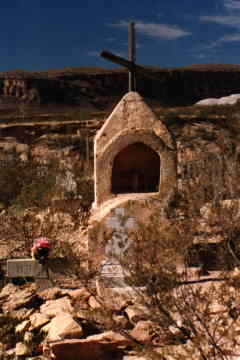
Terlingua
Courtesy Uwe Fischer-Wickenburg
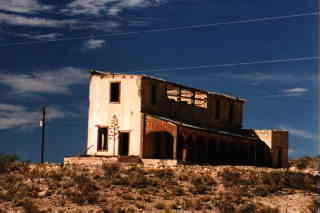
Terlingua
Courtesy Uwe Fischer-Wickenburg
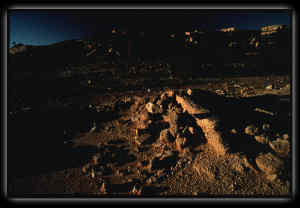
Terlingua
Courtesy Akio Ohki
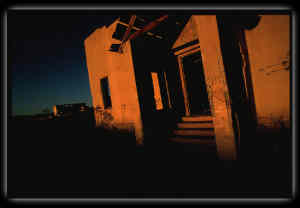
Terlingua
Courtesy Akio
Ohki

Terlingua
Courtesy Akio
Ohki
|
.jpg)
Terlingua
Courtesy S. Martin Shelton

Terlingua
Courtesy S. Martin Shelton
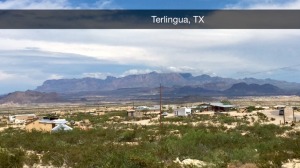
Terlingua
Courtesy Julia Byron

Terlingua
Courtesy Julia Byron
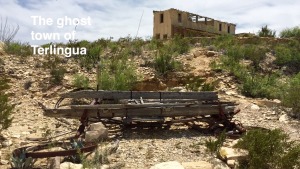
Terlingua
Courtesy Julia Byron
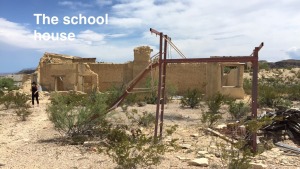
Terlingua
Courtesy Julia Byron
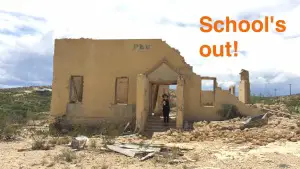
Terlingua
Courtesy Julia Byron
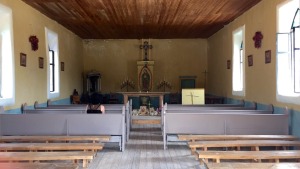
Terlingua
Courtesy Julia Byron
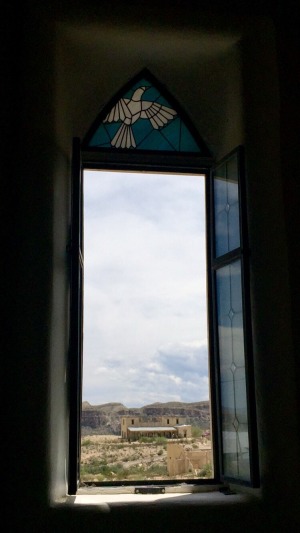
Terlingua
Courtesy Julia Byron
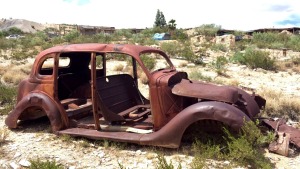
Terlingua
Courtesy Julia Byron

Terlingua
Courtesy Julia Byron
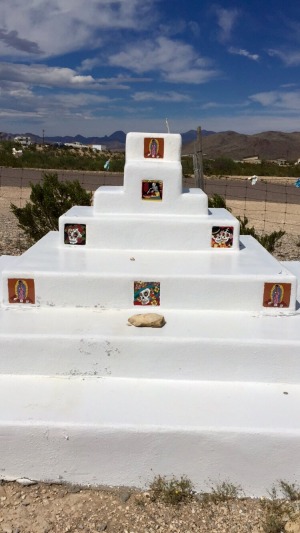
Terlingua
Courtesy Julia Byron
|

